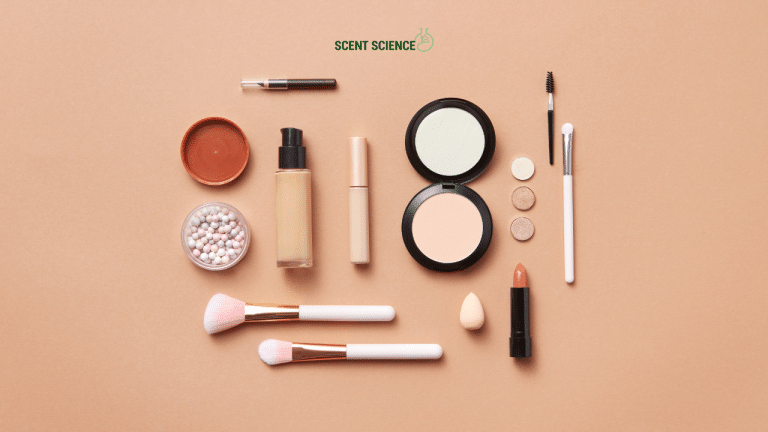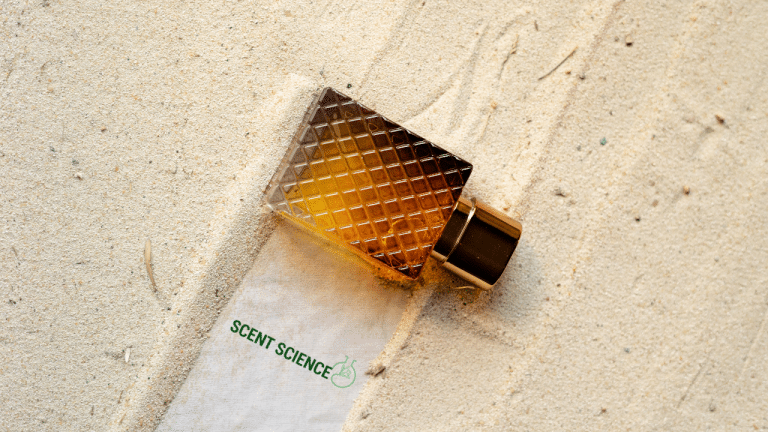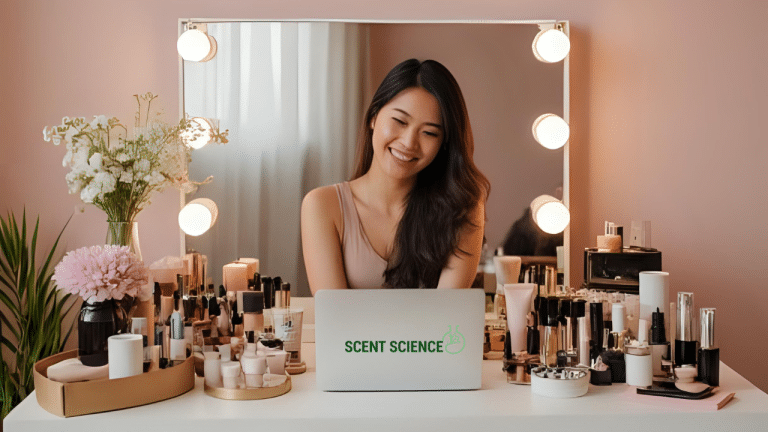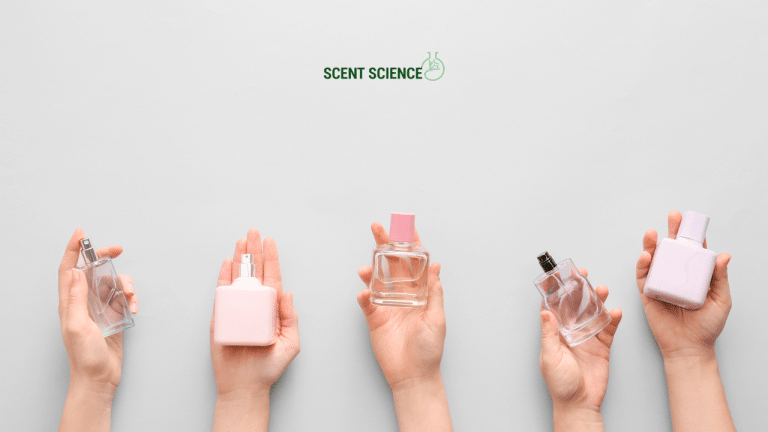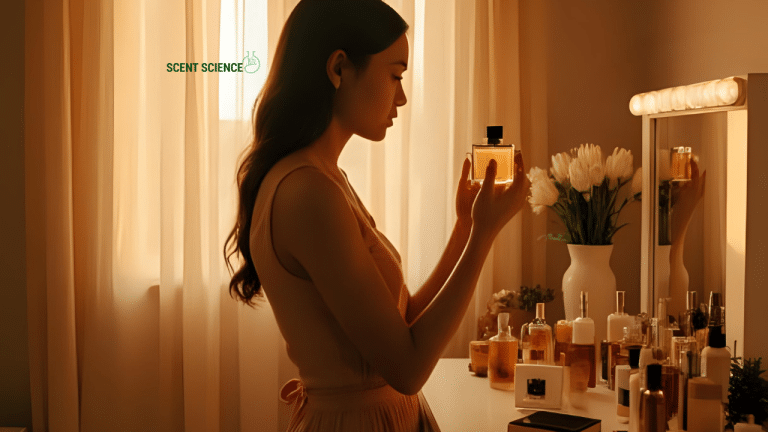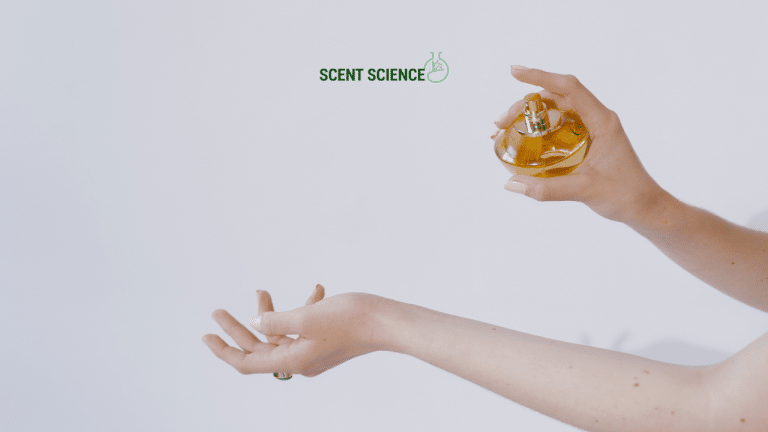Fragrances are more than mere pleasant aromas; they are powerful tools that can significantly influence mood, cognitive function, and overall wellbeing. The science behind these effects is rooted in the interaction between fragrance compounds and the olfactory receptors in the human brain, specifically the limbic system, which is known to control emotions and memory.
Mood Enhancement through Fragrance Compounds
Fragrances contain complex mixtures of volatile organic compounds (VOCs) such as terpenes, esters, and aldehydes, which can trigger responses in the olfactory system. For example, linalool, a terpene alcohol found in lavender, has been shown to possess anxiolytic properties. Studies have demonstrated that inhalation of linalool can lead to a reduction in anxiety by modulating the action of neurotransmitters such as GABA, which plays a crucial role in inhibitory signaling in the brain.
Cognitive Function and Fragrance

Cognitive performance can also be influenced by various fragrances. Peppermint fragrance, rich in menthol, has been associated with enhanced concentration and improved working memory. Experimental studies reveal that olfactory stimulation with peppermint may facilitate increased brain activity in the prefrontal cortex, which is responsible for cognitive functions like attention and problem-solving.
Impact on Wellbeing
Fragrances contribute to overall wellbeing through their psychophysiological effects. Citrus scents, abundant in limonene and citral, are known to impart refreshing and energizing sensations, potentially due to their ability to enhance serotonin pathways, thereby uplifting mood. Furthermore, certain fragrances can promote relaxation and reduce stress, which are critical components of maintaining mental health.

Hypoallergenic Fragrance Options
Given the sensitivity of some individuals to fragrance compounds, particularly allergens or irritants, the development of hypoallergenic fragrances has become a focus. Scientists employ extensive patch testing to identify and isolate common fragrance allergens. Then, using molecular insights, they create compounds that mimic the olfactory profile of popular fragrances without triggering allergic reactions. The removal or replacement of potential allergens, such as those listed in the fragrance allergen annex established by the International Fragrance Association (IFRA), ensures safer formulations for sensitive populations.
Technological Advancements: AI-driven Formulation and Personalization
The integration of technology, particularly artificial intelligence (AI), is transforming the landscape of fragrance science. AI-driven systems can analyze consumer preferences, olfactory stimuli responses, and physiochemical properties of fragrance compounds to create personalized scent profiles. These advanced algorithms consider a multitude of data points, including genetic factors, environmental influences, and psychological states, to tailor fragrances that align with individual needs and preferences.

AI also enables rapid formulation testing, predicting how different fragrance components interact with each other and the human sensory system. By simulating countless combinations, AI can help perfumers identify optimal blends that achieve desired psychological effects without the need for extensive manual experimentation.
In conclusion, the fusion of fragrance science with technological advancements offers promising pathways to enhance mood, cognitive function, and wellbeing through olfactory experiences. Ongoing research into fragrance compounds and their mechanisms of action, alongside the development of hypoallergenic formulations and AI-driven personalization, holds the potential to revolutionize how we use fragrances to support mental and emotional health.
Table of Contents
ToggleFrequently Asked Questions
What is fragrance absorption rate?
Fragrance absorption rate refers to the rate at which fragrance materials are absorbed into the skin. This rate is crucial in determining the potential systemic exposure to these chemicals and is often calculated using in silico models that consider factors such as the maximum flux (Jmax), the applied dose, area, and time of exposure[5).
How is fragrance absorption rate calculated?
The calculation of fragrance absorption rate involves several steps, including determining the maximum flux (Jmax) of the fragrance material, considering the solubility and partition coefficients (such as log Kow), and using these values to estimate the percentage of skin absorption. This process often uses semi-quantitative mechanistic models to predict the absorption rates[5).
What factors influence fragrance absorption rates?
Several factors influence fragrance absorption rates, including the chemical properties of the fragrance material (such as its molecular weight and lipophilicity), the concentration and formulation of the product, the duration of exposure, and the condition of the skin barrier. These factors can significantly affect the rate and extent of absorption[5).
Why is it important to determine fragrance absorption rates?
Determining fragrance absorption rates is important for assessing the safety and potential toxicity of fragrance materials. It helps in evaluating the systemic exposure and potential health risks associated with the use of these chemicals, which is crucial for regulatory and safety assessments[5).
References

